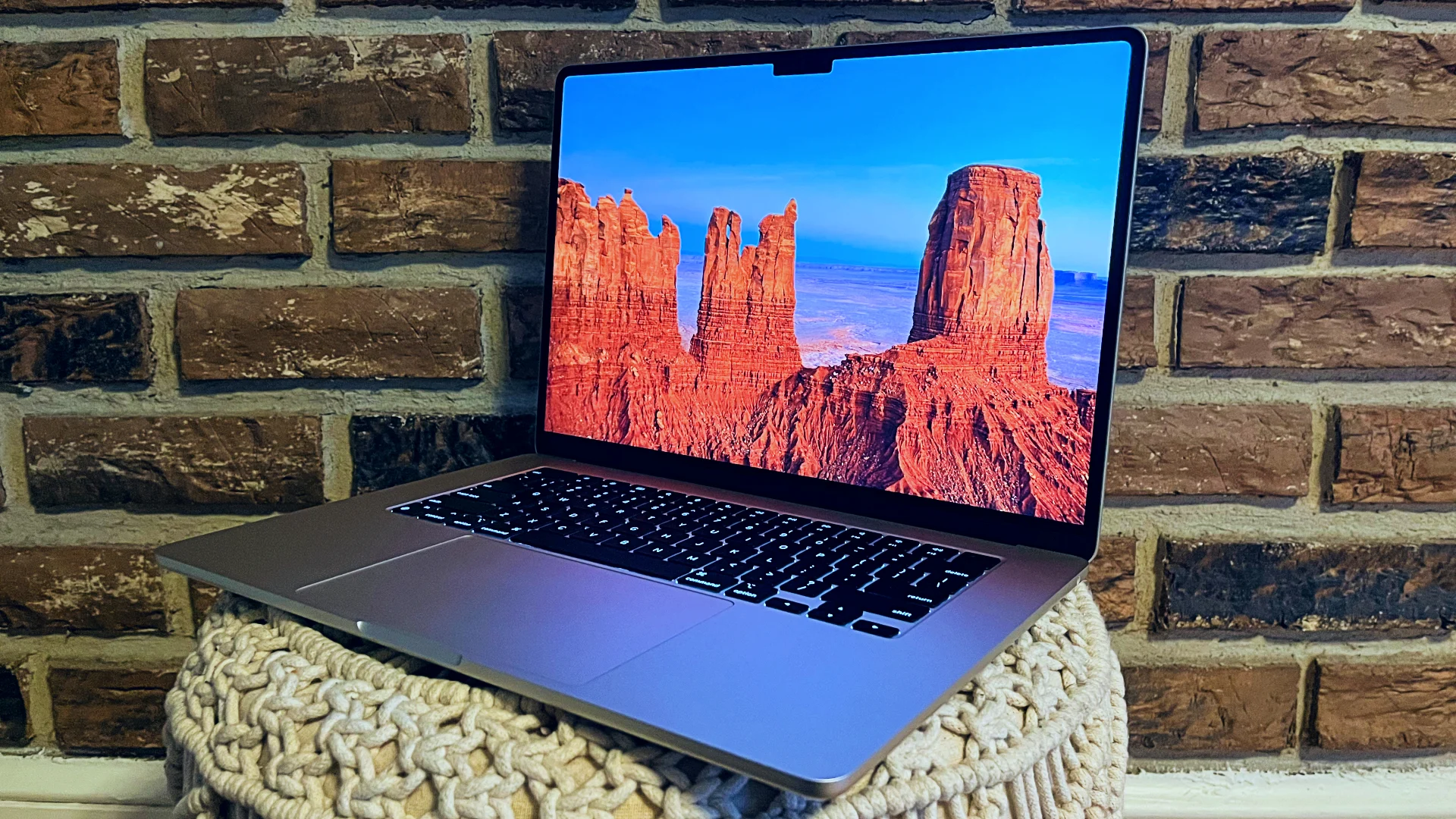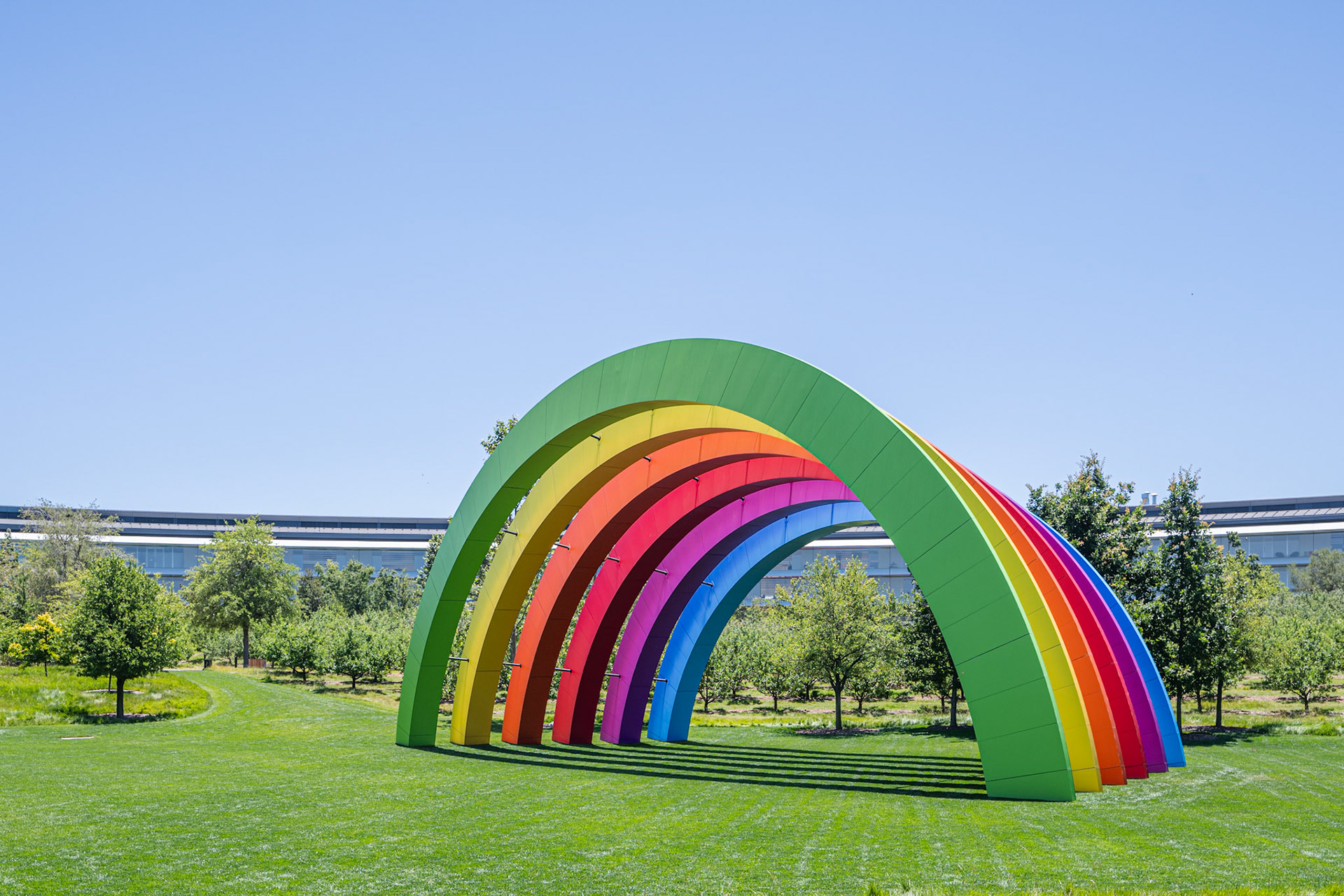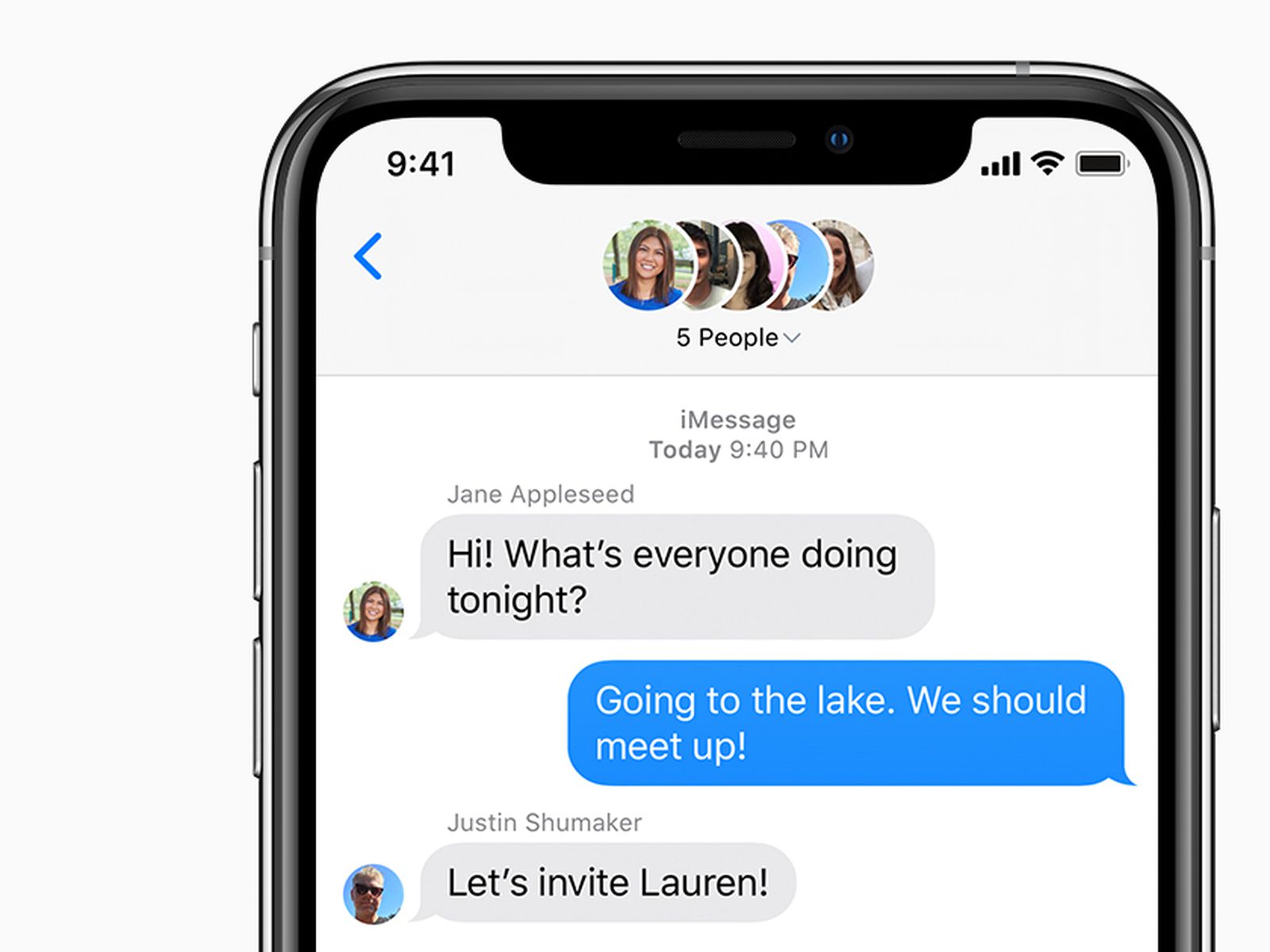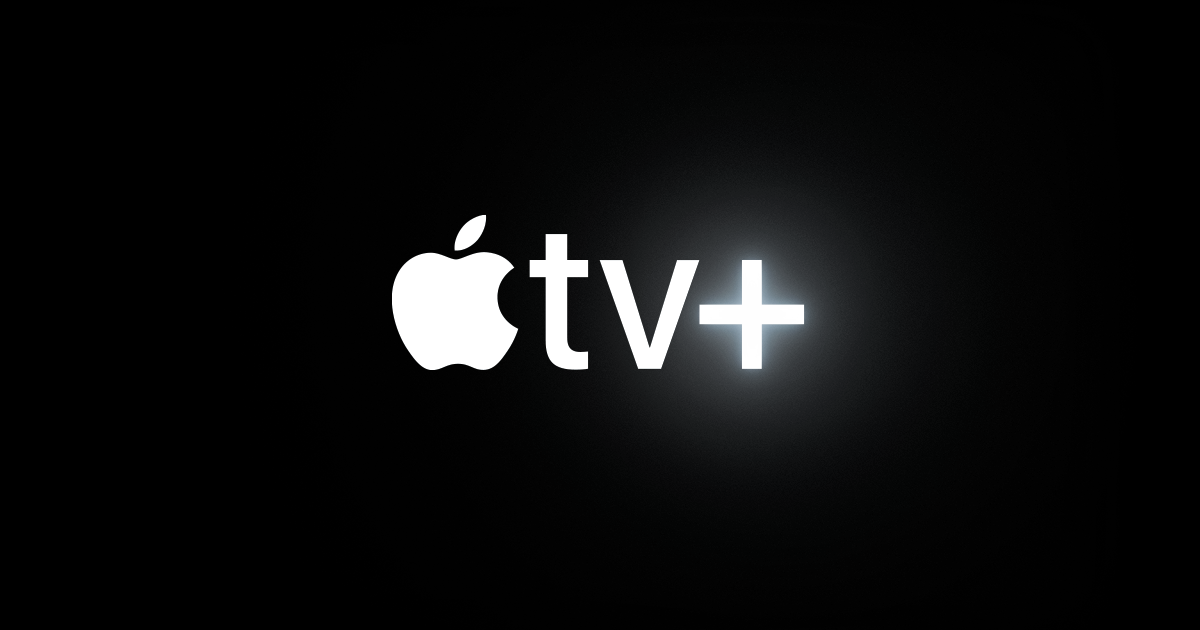Apple’s boss, Tim Cook, dropped a hint about a fresh product this week with a quick video saying, “There’s something in the Air.” The “Air” clue and the timing suggest we’re about to see new MacBook Airs with the M4 chip.
- Design – The new MacBook Air will stick to two sizes: 13 inches and 15 inches. Don’t expect a big makeover—there’s no buzz about a new style. The last design update was in 2022, so the look should stay familiar, just like today’s models.
- Screen – Apple’s fancy mini-LED screens are for the MacBook Pro, so the MacBook Air will likely keep its usual Liquid Retina Display (think LED). The MacBook Pro recently got a matte display option, and while it might show up on the Air, it’s not a sure thing—it could stay a Pro-only perk.
- M4 Chip – The M4 chip is already in the MacBook Pro, iMac, iPad Pro, and Mac mini, so it’s no shock it’s coming to the MacBook Air. It’s got up to 10 CPU cores, 10 GPU cores, and a 16-core Neural Engine. Built with a super tiny 3-nanometer process, it’s made for Apple Intelligence. It’ll beat the M3, but don’t expect a huge leap—think about 25% better performance.
- Memory – Last year, Apple bumped the MacBook Air’s starting memory to 16GB from 8GB. That’s staying the same for the new ones—no changes here.
- Battery – Thanks to the M4’s efficiency, battery life might get a boost. For example, the 14-inch M4 MacBook Pro lasts up to 24 hours streaming video or 16 hours browsing online.
- Camera – The MacBook Pro’s new 12-megapixel FaceTime camera could come to the Air. It has Center Stage to keep you in focus during video calls and Desk View to show off your desk from above.
- Ports – Right now, the MacBook Air has two Thunderbolt 3 ports. The new ones might jump to three Thunderbolt 4 ports for faster connections.
- Price – The M3 MacBook Air starts at $1,099, and no price hikes are rumored for the M4.
- Old Models – The M2 MacBook Air, priced at $999, might get swapped for an M3 version—or stick around if upgrading costs too much.
- Surprise “Air” Stuff? – The M4 MacBook Air is the star, but Apple could sneak in updates for other “Air” products like the iPad Air or AirTags next year.
- Launch Details – No big event is planned—expect a press release and videos, with the MacBook Air possibly out tomorrow!






